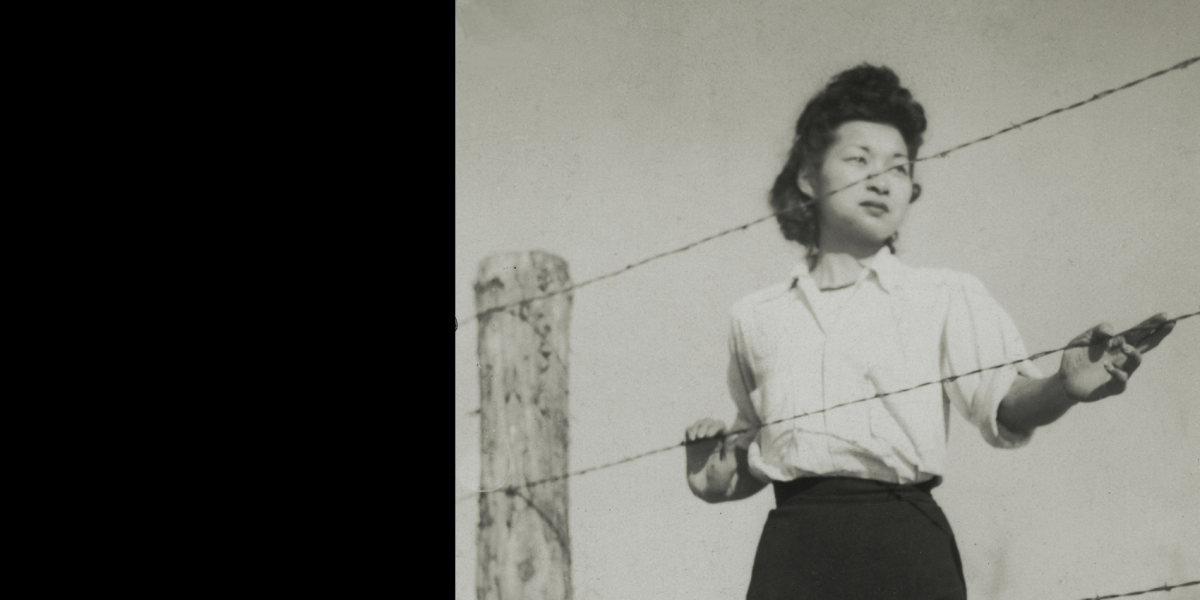

Don’t Fence Me In: Coming of Age in America’s Concentration Camps explores the experiences of Japanese American youth who asserted their place as young Americans confronting the injustice of being imprisoned in concentration camps during World War II and embarking on the universal journey into adolescence.
During World War II, over 120,000 people of Japanese ancestry were unjustly incarcerated in American concentration camps—approximately one third were children. Through photographs, personal stories, and artifacts, Don’t Fence Me In reveals the strength and ingenuity of young Americans who came of age in the ten War Relocation Authority camps and the Crystal City Department of Justice internment camp. From volunteer projects and color guards at memorial services to camping trips, social dances, scout troops, and sports leagues, they drew upon their own resilience and creativity to forge friendships and community in the face of abrupt upheaval and wrongful imprisonment in their youth.
For some, these activities were the continuation of their pre-war participation or became the foundation for a lifetime of dedication. For others, they were a brief experience that only lasted as long as their incarceration. But whether they were the most important thing or one of many things happening in their lives, their participation was an integral part of their unique wartime experience.
Don’t Fence Me In: Coming of Age in America’s Concentration Camps is sponsored by the U.S. Department of the Interior, National Parks Service, the Japanese American Confinement Sites Grant Program, and the State of California, administered by the California State Library, with additional support from the California Community Foundation.


Media Sponsor: ![]()
Fusako “Jonie” Aizawa stands by a barbed wire fence in an American concentration camp. Christmas 1944. Japanese American National Museum, Gift of Myrtle Joyce Barley Ward, (2003.12.14).
This is a carousel. This section contains multiple slides with links to event related exhibitions. Use the left and right arrow buttons to navigate.

